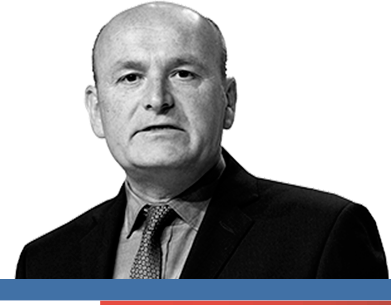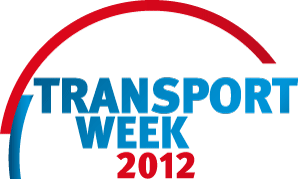
Paul Priestman
Founding Director,
Priestmangoode
TRANSPORT OF RUSSIA - INTERVIEW WITH PAUL PRIESTMAN
- For many people, design is very much associated with things like clothes, gadgets, or furniture. Something which is relatively small and which is every one of us perceives for his or her personal use. But when we talk about bigger things - like trains, for example - design is arguably, the last thing that comes to our minds. Maybe that is because trains are for everybody and because man of us do not use them every day. Do you think this perception about trains could change in the near future?
I think this question is really part of a much greater conversation on the role of design. What the majority of people don’t necessarily realise is that design is all around us and impacts our everyday lives. One could argue that good design is design that you don’t notice; if everything works properly and feels right in the situation, it doesn’t shout ‘look at me’, it just helps your daily life function well. From the moment you wake up in the morning, everything you see, use or touch has been designed: alarm clocks, light switches, coffee machines, buses etc. I think the perception of trains as design objects will come gradually, as the role of the design and its value is better understood.
- Talking about associations, stations obviously make our first impressions when traveling by train. But in many parts of the world stations look fairly old-fashioned, especially compared with airports. So maybe we need to take a closer look at stations first to make sure they look nice and deliver great comfort?

I don’t think stations are the biggest problem. At Priestmangoode we’ve worked on a number of high speed rail projects around the world, so we’ve seen first hands different systems and infrastructures.
Around the world, governments are spending billions trying to build a new 21st Century train service on a station-based infrastructure that was designed in the 19th century for steam trains. We should be re-thinking infrastructure and building an inter-connected local-to-global rail network.
Last year, my team and I developed Moving Platforms, a concept for a completely inter-connected rail infrastructure where local trams connect to a network of non-stop high speed trains enabling passengers to travel from their local stop to a local address at their destination (even in another country) without getting off a train.
It’s a big idea, but if we really want high speed rail to be successful and change the way we travel, it is imperative that the infrastructure we use works with, not against, this new technology and enables a seamless passenger journey from home to destination.



- What kind of a future train do you contemplate when you think about it? Do you see it as a double-decker train, super aerodynamic, sleek and agile, or is it something really different from that?
Some characteristics of the future train are important for practical reasons. A double-decker train doubles capacity, which is crucial with growing passenger numbers and ever increasing population figures. A sleek, aerodynamic design is imperative for a train that travels at very high speeds.
I think it’s important for transport design to be timeless. At Priestmangoode, we design trains that will be in service for the next 50 years. If we designed them to look like the latest car, they would very quickly look dated. We try and stay away from the cliches of what the future might look like.

- Have you ever travelled in Russia by train? If so, what would you suggest for making our trains better in terms of design?
A few years ago I travelled across Russia on the Trans Siberian express. The journey was reminiscent of a nostalgic view of train travel, which was all about the experience. I think this is something that has been lost to a certain extent, largely as a result of air travel becoming the norm. I’m keen to bring back this sense of ‘going on a journey’ to rail travel.
Simply put, if we want passengers to get out of their cars and out of the sky, we need to have well designed trains which operate a reliable and affordable service on a well connected network. This day is coming.


